You may have heard that some people use baking soda in the garden to help plants with fungal infection. This miracle powder has a plethora of uses in and around the home.
The use of baking soda in plants has been touted as a natural fungicide. However, its use has not been officially labeled as such. In addition, baking soda does contain sodium which is toxic to plants.
Keep in mind that sodium is actually soluble in water. Rain may wash the baking soda off the plants and into the soil. A buildup of baking soda in the soil is also not good for the plants. But, when used correctly, baking soda can be a miracle prevention solution to help plants fight unwanted diseases.
Find out why some soil smells bad (and what to do about it).
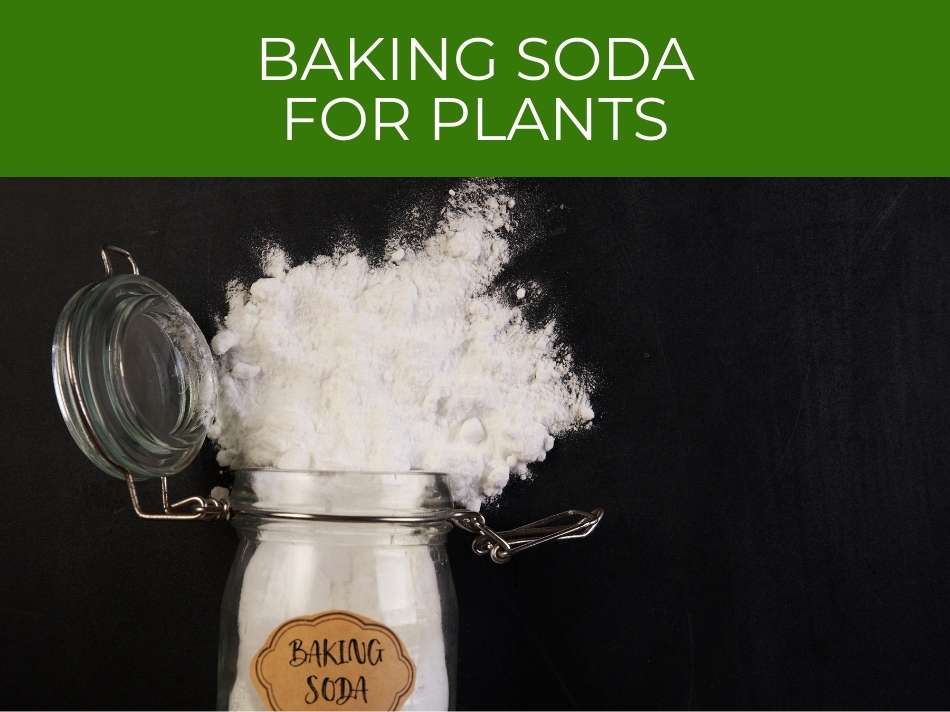
Baking soda for plants
The use of baking soda on plants has shown to be most effective on certain types of plants such as vegetables and fruits off the vine.
And, while baking soda on it’s own may not be used as a fertilizer, it may be used in conjunction with other products in order to serve as a fertilizer for plants as well.
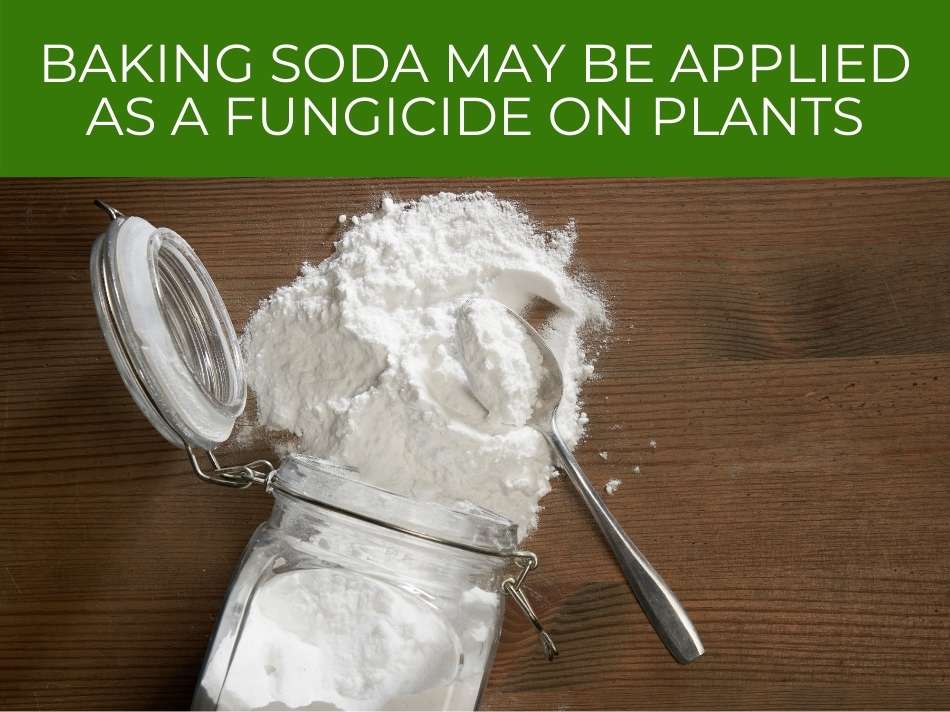
Baking soda may be applied as a fungicide on plants; doing so can prevent and/or eliminate the formation of fungal infection on plants. It is known to actively reduce foliar diseases such as powdery mildew, amongst others.
There are a variety of uses for baking soda in the garden, from fungicide, fertilizer, compost refreshment, and as a cleaning agent for garden ornaments such as watering bowls.
But, beware, the compound sodium found in baking soda, may burn plant leaves, roots, and other parts of certain plants.
Furthermore, overuse of baking soda on plants may cause the baking soda to accumulate in the soil.
This may lead to slower growth due to soil nutrients.
Find out what plants need in order to grow.
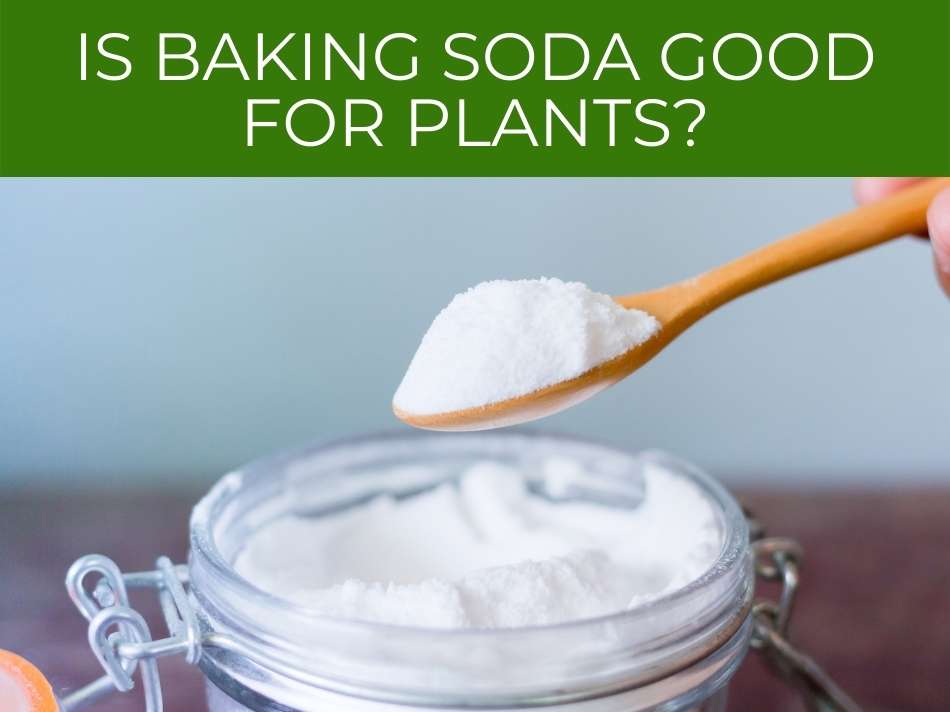
Is baking soda good for plants?
Baking soda is found in every kitchen in the US and serves many purposes.
Gardeners and growers alike often use baking soda in the garden to help prevent disease and ward off unwanted pests from the soil.
It may be an effective solution, but some may wonder if using it excessively may be good for plant health.
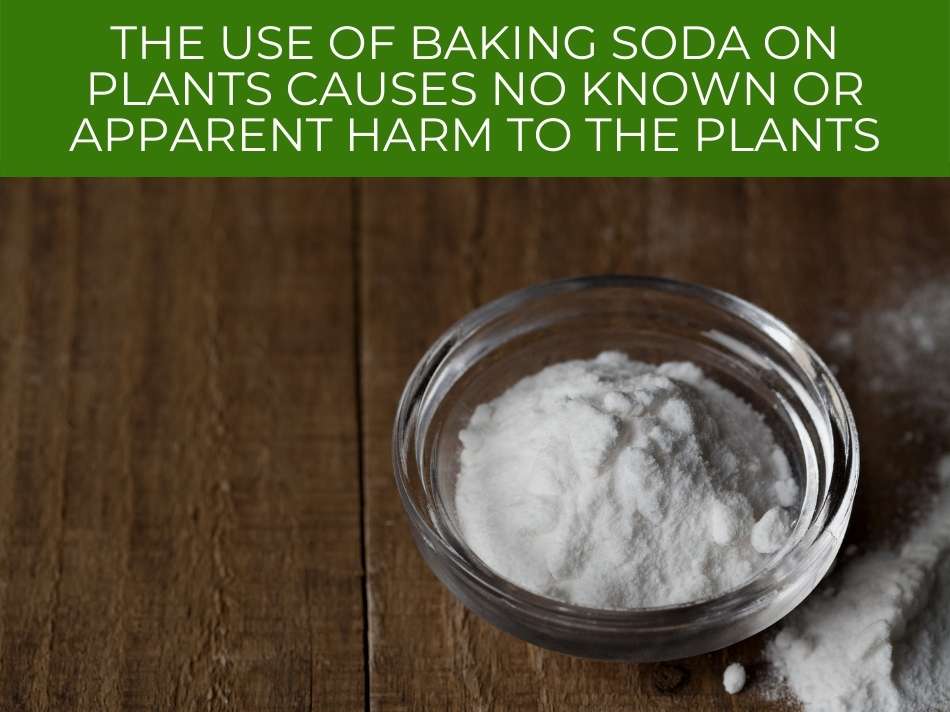
The use of baking soda on plants causes no known or apparent harm to the plants and may help to prevent and/or inhibit the growth/development of fungal infection on plants. Baking soda can be diluted in water to help raise the pH of soil.
A 2013 study revealed that plants that were irrigated for a period of 6 weeks showed signs of decreased shoot growth, and decreased photosynthetic levels, as well as lowered levels of iron.
This means that while baking soda may be good at preventing fungal infection, it may also cause damage when used excessively on plants and moderation should be practiced.
There are other alternatives such as ensuring there is proper space between plants when planting, and watering plants at the base, that will help to prevent fungal infection.
It is simply a matter of taking precautionary measures in order to reduce the use of baking soda mixtures in preventing fungal growth.
See our full guide on how to lower soil pH.
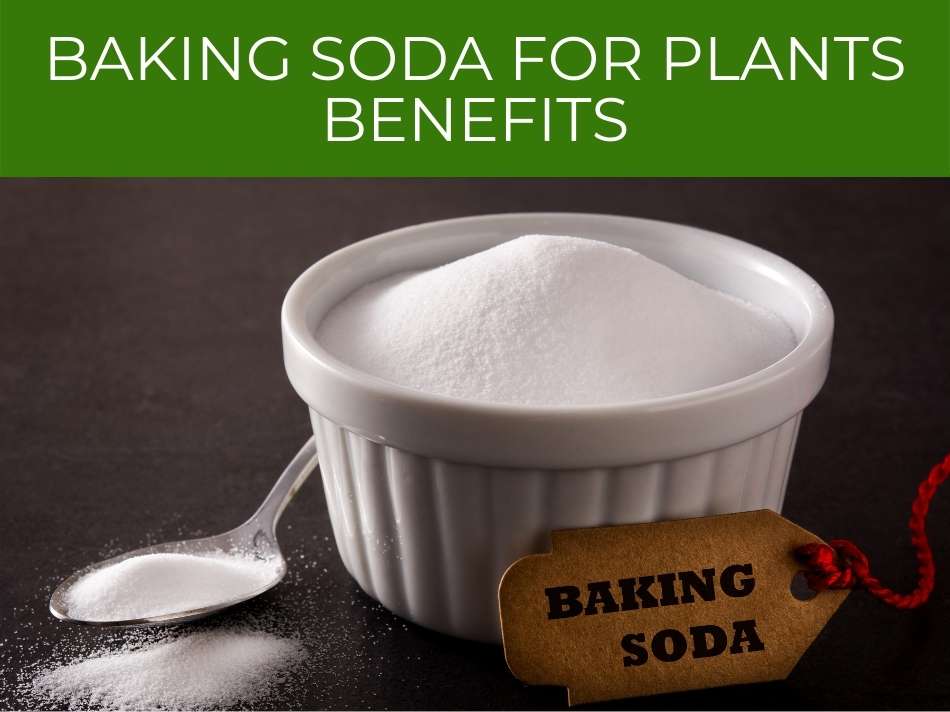
Baking soda for plants benefits
Baking soda has long been a staple in many households and used in a variety of ways.
But, there are quite a few benefits associated with using baking soda for plants, soil, and compost.
In addition, it has been known to be an effective and safe fungicide.
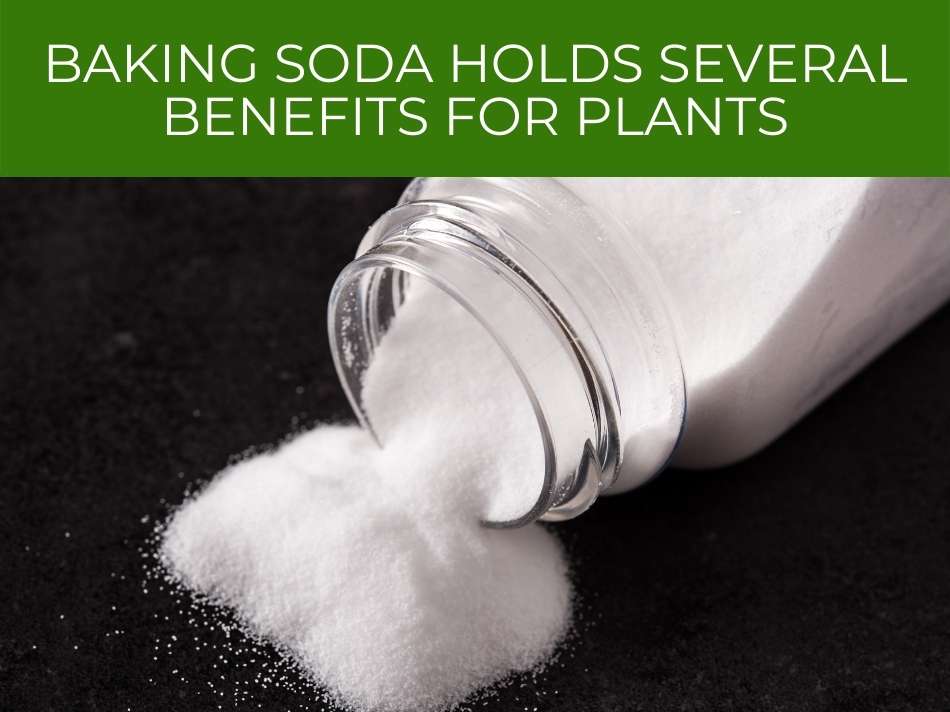
Baking soda holds several benefits for plants. It can help prevent fungal infection and make plants less acidic. Baking soda may prevent crab grass, kill weeds, sweeten tomatoes, as well as to fresh up compost.
In addition, it has not been legally labeled as a fungicide either.
It is a solution that needs to be reapplied regularly in order to be effective at preventing the growth of diseases on plants.
See 3 simple ways to get rid of aphids on plants.
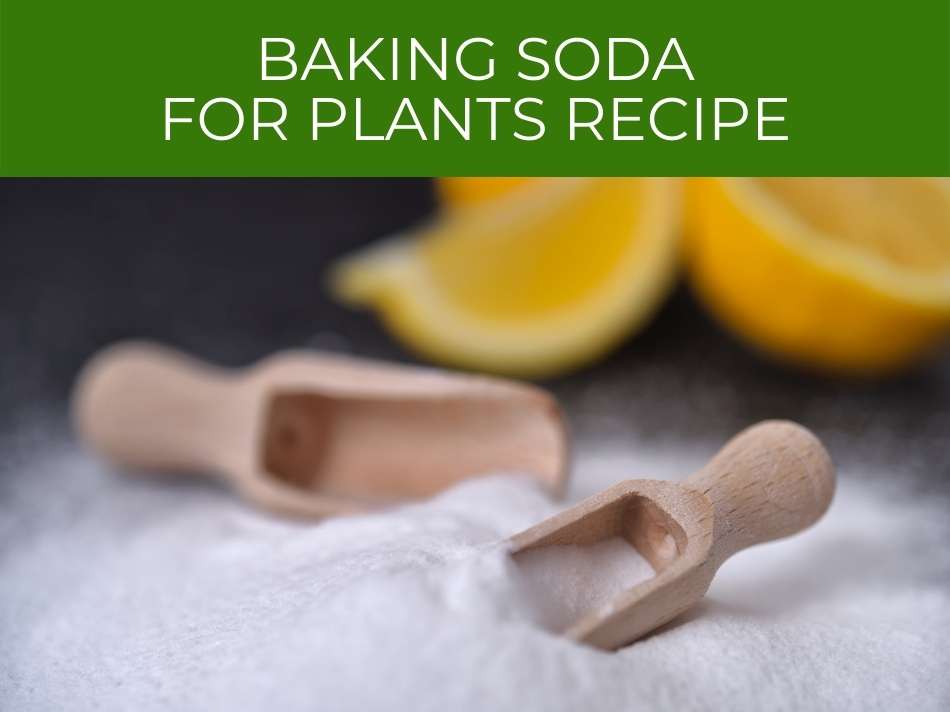
Baking soda for plants recipe
Baking soda is a classic pantry staple that has a plethora of uses in and around the home.
It can be added to a beauty routine, used to clean the home, and even protect your plants against fungal infection.
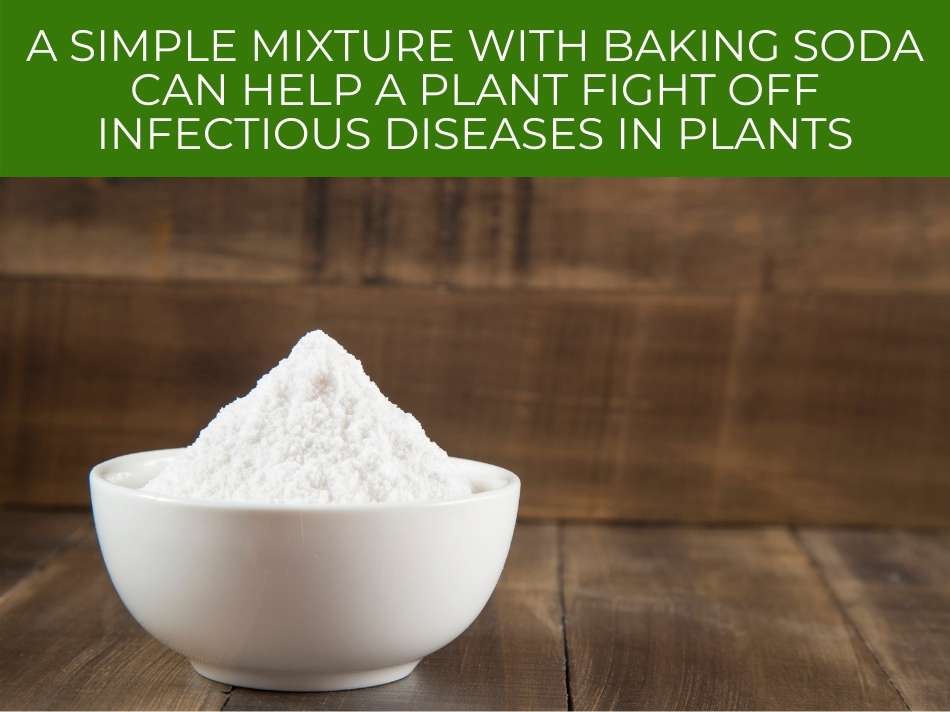
A simple mixture with baking soda can help a plant fight off infectious diseases in plants. Add a teaspoon of baking soda with approximately two or three drops of liquid soap to 0.3 gallons of water. The mixture may be sprayed directly onto the plant leaves.
In addition to adding baking soda to a mixture to help prevent fungal disease, the baking soda can also be sifted onto the soil using a sift.
This will help to keep certain pests such as cockroaches, ants, and slugs away from your garden and your plants.
Is your tomato plant leaves turning yellow? Find out why and what you can do about it.
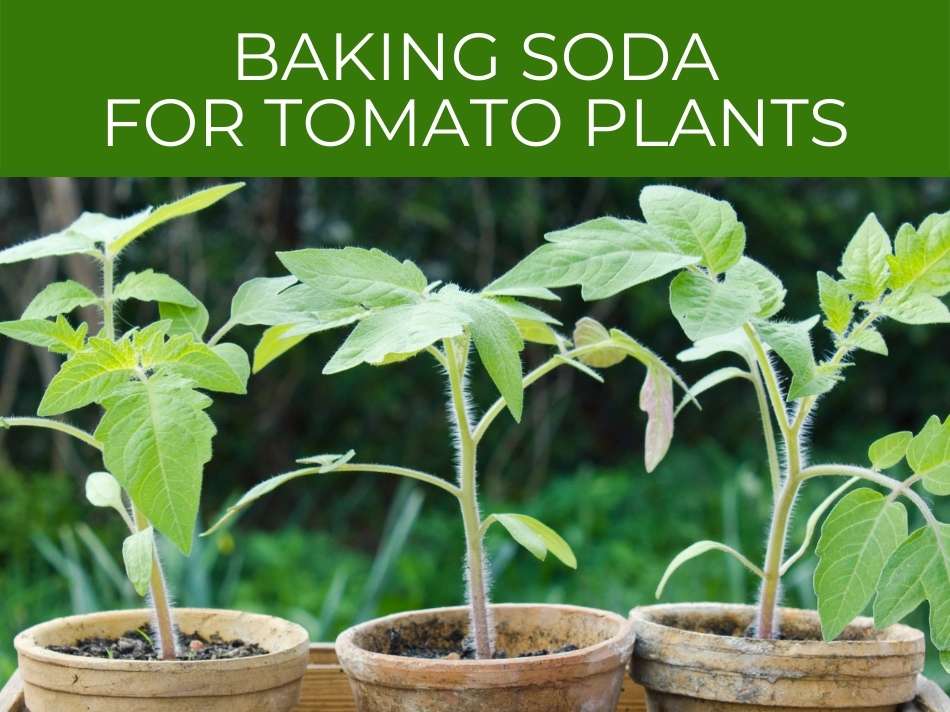
Baking soda for tomato plants
These diseases can form and spread at any time during the year and moisture on the spores of leaves is one of the main culprits that help these diseases to flourish.
There are methods to try and prevent the formation of these diseases such as watering the plant at the base and watering early in the morning.
This will allow the plant time to dry during the day.
Staking the plants and ensuring that there is proper space between each plant when planting seedlings is another method of reducing the risk of plant disease.
Create a simple solution to help prevent the formation and spread of disease on tomato plants by adding a heaped tablespoon of baking soda, a few drops of liquid soap, and a small teaspoon of vegetable oil to a gallon of water and mix well.
The tomato plants may be sprayed with this solution, but in order to maintain the efficiency of the solution, it is best advised to regularly spray the plants.
See why tomato plant leaves curl and what to do about it.
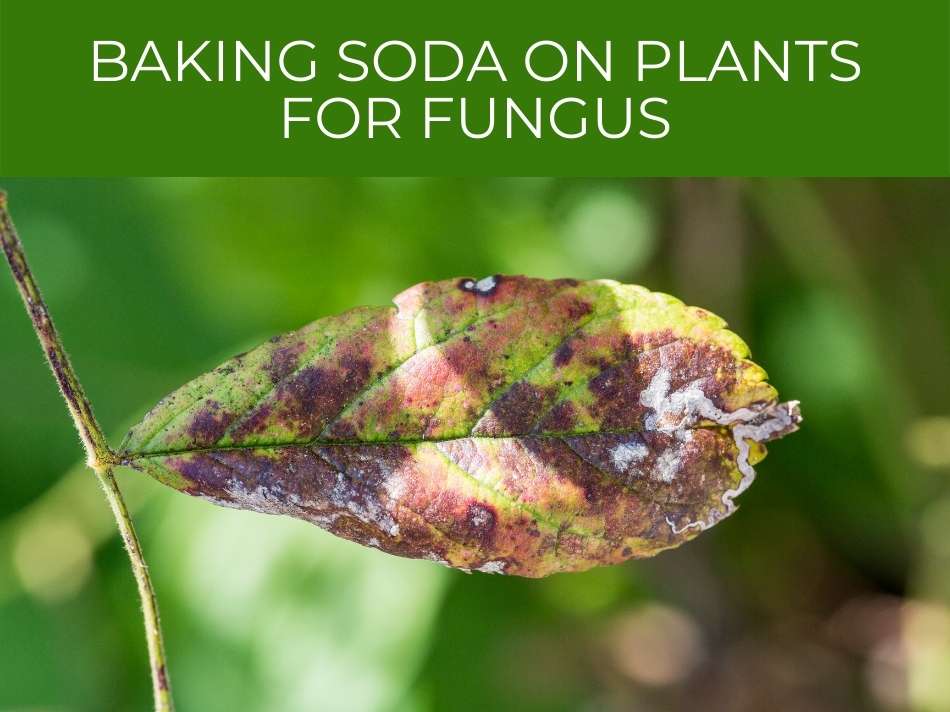
Baking soda on plants for fungus
There is a persistent problem that continues to face both indoor and outdoor gardeners: fungal infection.
You may have noticed before,that some of your plants have developed unusual, oddly colored growth or even spotting. These are definitive signs of fungus.
Examples include Anthracnose or other fungus that act opportunistically and attack plants that are weakened.
To make a baking soda spray to help plants fight fungal infection, mix 1 teaspoon of baking soda with 1 quart of water. Add a few drops of insecticidal soap or liquid soap such as Ivory, but not laundry detergent, to the mixture. This will help the mixture to spread and stick to the leaves of the plant.
Two things happen as the fungus grows on the living plant: the plant will wither while the fungus will thrive.
The fungus will not only damage the plant but may also be detrimental to the survival of the plant.
Gardeners may also use a variety of antifungal agents that contain sulfur and copper to fight fungal infection.
However, sulfur and copper are also toxic agents.
Baking soda is a safer and more gentler solution to this problem.
See what causes white spots on tomato leaves, & what to do about it.

